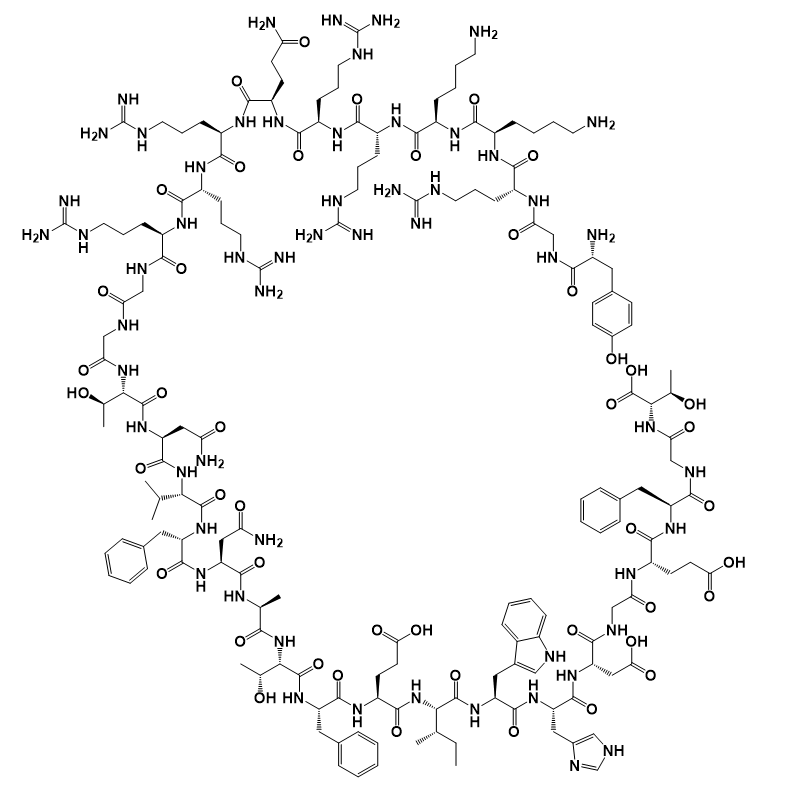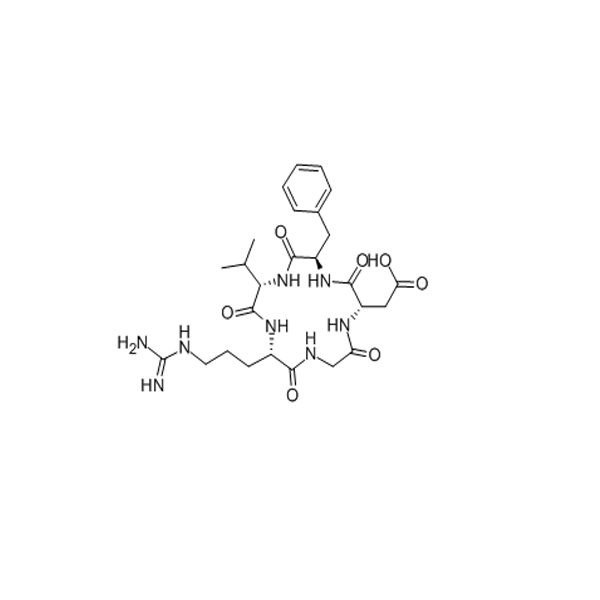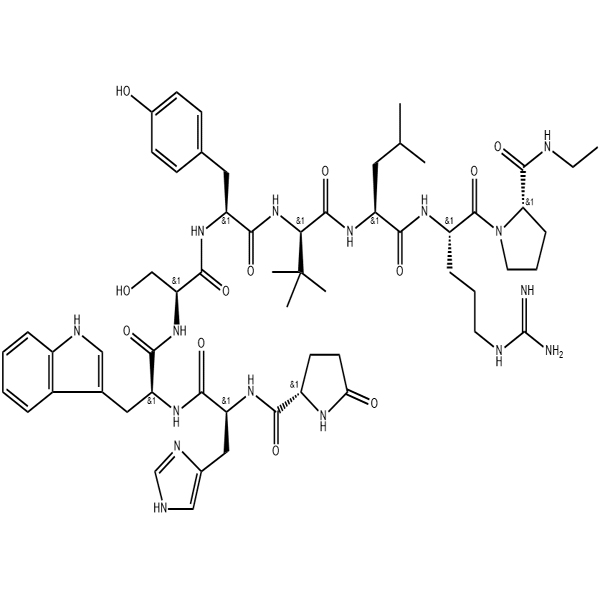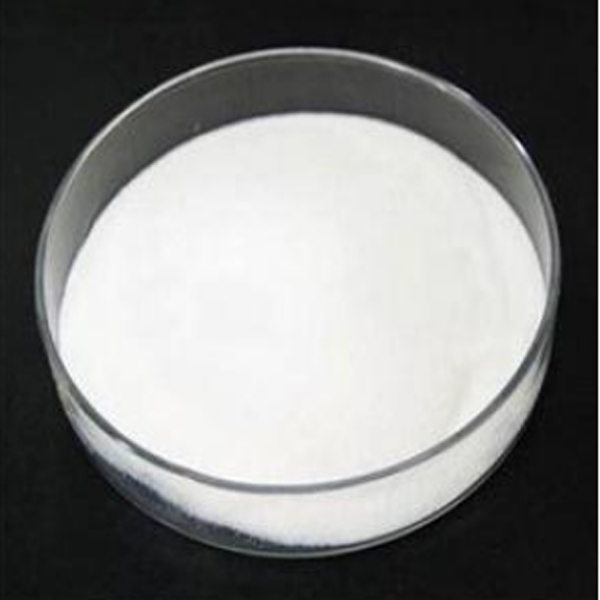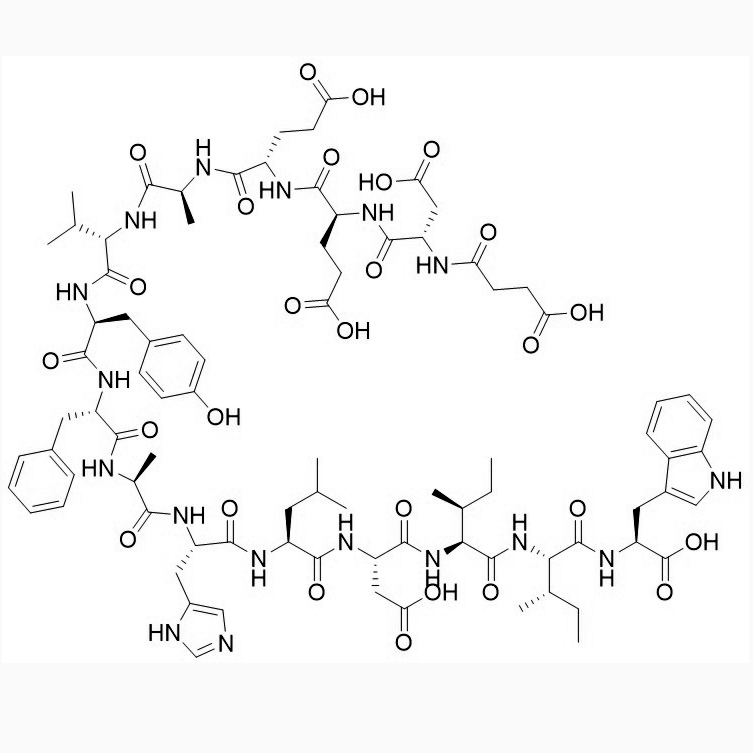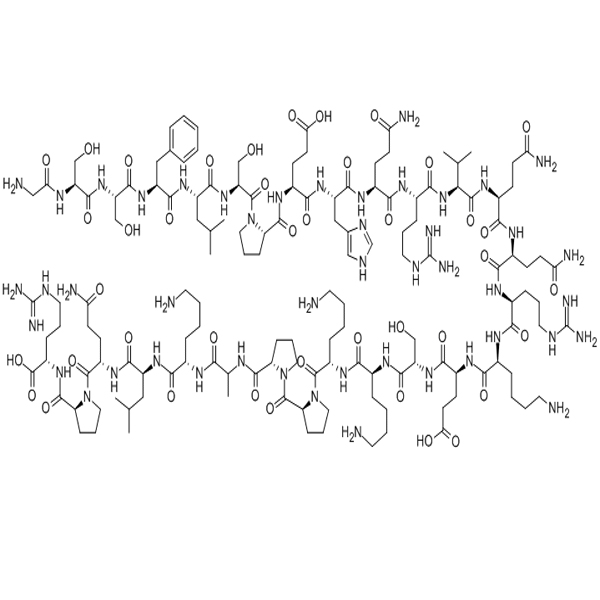Tat-beclin 1 supplier/1423821-88-8/Peptide synthesis
Tat-beclin 1 is a cell-permeable peptide and a derivative of the autophagy protein beclin 1. It is an effective autophagy inducer that can interact with the negative regulatory factor of autophagy, GAPR-1. Tat-beclin 1 can reduce the accumulation of polyglutamine-expanded protein aggregates and also inhibit the replication of various pathogens including HIV-1.
Specifications
Apperance: White to off-white powder
Purity(HPLC): ≥98.0%
Single Impurity: ≤2.0%
Acetate Content(HPLC): 5.0%~12.0%
Water Content (Karl Fischer): ≤10.0%
Peptide Content: ≥80.0%
Packing and Shipping: Low temperature, vacuum packing, accurate to mg as required.
FAQ:
How do I store peptides?
Usually the peptide product you receive is lyophilized powder packaging, please store the peptide in a dry, dark -20°C freezer immediately after receiving the sample to maintain the peptide stability as much as possible. Before use, place the polypeptide packaging tube from the freezer to a dry condition at room temperature, and allow the temperature to naturally warm to room temperature before opening the cap. Otherwise, water vapor in the air will enter the sample tube when the lid is opened, reducing peptide stability. Once opened, it should be weighed quickly and immediately sealed to avoid deliquescent, and hydrophilic peptides should be more careful to avoid repeated freezing and thawing. Outside temperature during short-term transportation will not affect the shelf life and quality of peptides.
What are the applications of peptide libraries?
Peptide libraries are an efficient tool for many studies, including GPCR ligand screening, protein-protein interaction studies, functional proteomics, nucleotide binding, screening of enzymatically acting substrates and inhibitors, antigen and epitope screening, signaling molecule search, and other important processes of drug screening.
What are the uses of peptides?
Peptides have a wide range of applications in the biomedical field, including:
Drug development: Peptides can be used as lead compounds for drugs or directly as drugs themselves.
Vaccines: Peptides can be used as antigens for vaccine preparation.
Biomaterials: Peptides can be used to construct biomaterials, such as scaffolds for tissue engineering.
Diagnostic reagents: Peptides can be used in the development of diagnostic reagents, such as those for detecting disease-related proteins.
Cosmetics: Certain peptides have moisturizing, anti-aging, and whitening effects and can be added to cosmetics.
If you want to do a biotin modification at the N terminal, do you need to put a gap between the biotin and the peptide sequence?
The standard biotin labeling procedure used by our company is to attach an Ahx to the peptide chain, followed by biotin. Ahx is a 6-carbon compound that acts as a barrier between the peptide and the biotin.
How To Order?
1. Contact us directly by phone or email: +86-13735575465, sales1@gotopbio.com.
2. Order online. Please fill out the order online form.
3. Provide peptide name, CAS No. or sequence, purity and modification if required, quantity, etc. we will provide a quotation within 2 hours.
4. Order conformation by duly signed sales contract and NDA(non disclosure agreement) or confidential agreement.
5. We will continuously update the order progress in time.
6. Peptide delivery by DHL, Fedex or others, and HPLC, MS, COA will be provided along with the cargo.
7. Refund policy will be followed if any discrepancy of our quality or service.
8. After-sale service: If our clients have any questions about our peptide during experiment, please feel free to contact us and we will respond to it in a short time.
All products of the company are only used for scientific research purpose, it’s prohibited to be directly used by any individuals on human body.

